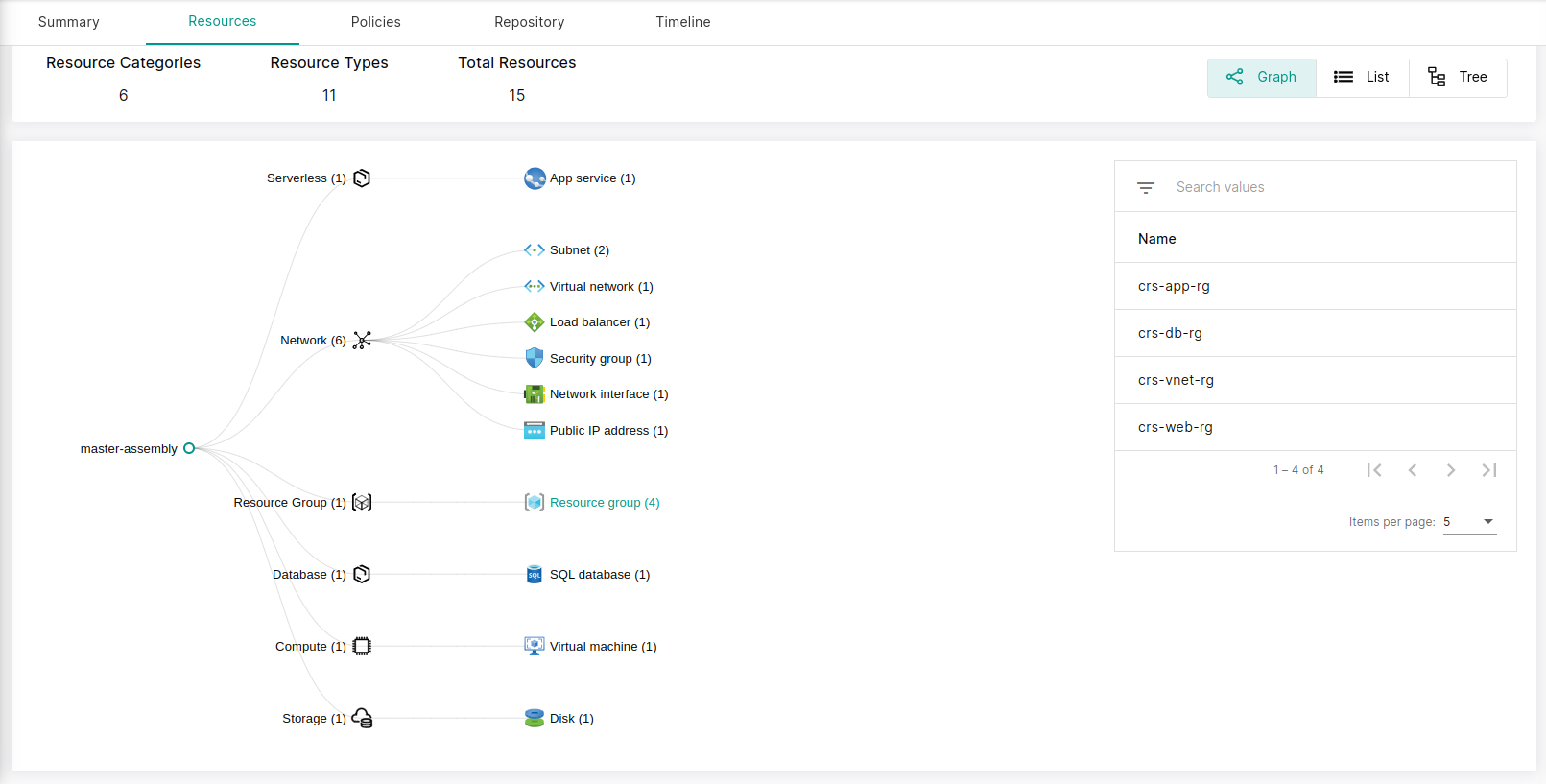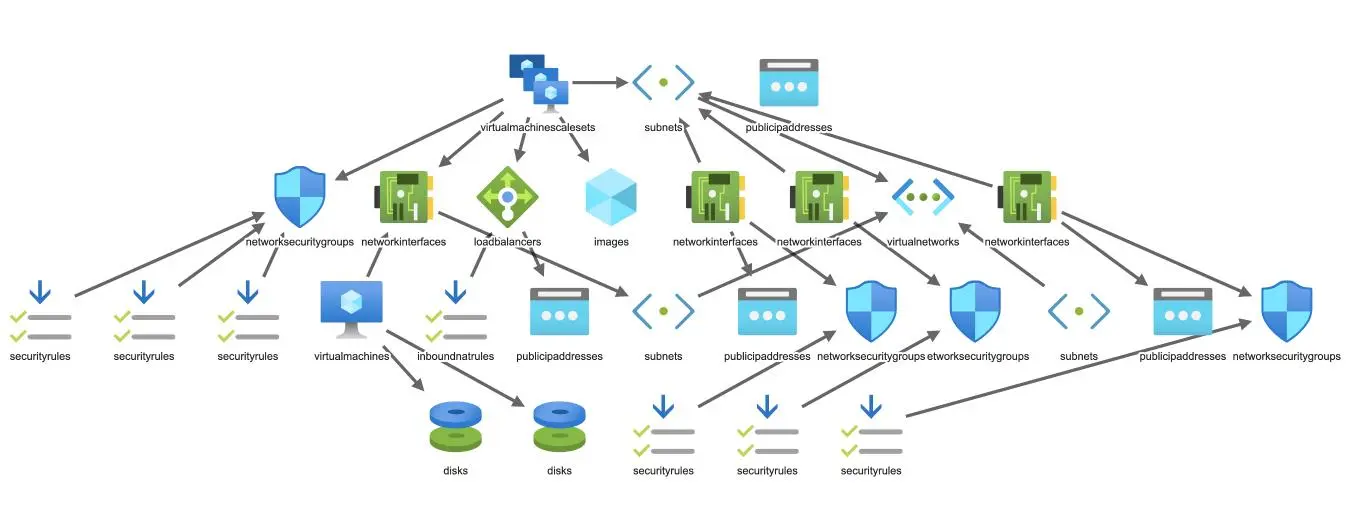In the dynamic world of cloud computing, ensuring the resilience of your Azure Hub and Spoke architecture is paramount. That's where Appranix steps in as a comprehensive cloud resilience solution tailored to the unique demands of your Azure infrastructure. This technical blog explains how Appranix empowers you with unparalleled Azure cloud services protection along with application data protection, replication, and seamless recovery from cloud outages and ransomware attacks. We'll delve into the core features and benefits that make Appranix the go-to choice for safeguarding your Azure environment.

About Azure Hub and Spoke Architecture
Azure Hub and Spoke Architecture is a network topology design commonly used in Microsoft Azure to create a centralized hub that connects to various spoke networks. This architecture is particularly suitable for organizations that require a scalable and flexible network setup within their cloud environment.
-
Hub: The hub, also known as the central or primary network, serves as the core of the architecture. It typically hosts shared resources and services such as security and governance policies, central management, and connectivity to on-premises data centers.
-
Spoke: Spokes are individual networks connected to the central hub. Each spoke can represent different Azure regions, business units, applications, or projects. These spokes connect to the hub, allowing secure communication and resource sharing between them.
Azure Hub and Spoke architecture promotes centralization, streamlining network management, and simplifying the complexities of point-to-point connections between spokes. The hub acts as a traffic hub, providing centralized network security, routing, and monitoring, ensuring consistent governance and unified security across network segments. Each spoke remains isolated, allowing independent management, security policies, and resource deployment, preventing issues in one spoke from affecting others and enhancing network resilience. The architecture offers multiple benefits, including scalability, centralized control, cost efficiency, improved security, isolation, and resilience, along with simplified network management. In summary, Azure Hub and Spoke architecture provides a structured and efficient approach to design and manage Azure networks, catering to scalability, centralization, cost-effectiveness, and enhanced security, making it an excellent choice for organizations with diverse networking requirements within their Azure environments.
Challenges in implementing DR solution for Azure Hub and Spoke Architecture
Implementing a Disaster Recovery (DR) solution for Azure Hub and Spoke architecture brings its share of challenges. One key challenge is the complexity introduced by the multitude of interconnected network segments within this architecture. Coordinating data backup and recovery across various spokes and the central hub can be intricate. Additionally, ensuring consistency in data protection and recovery procedures across these different segments demands meticulous planning and execution. Managing network security and ensuring that data integrity is maintained during recovery processes are additional hurdles. Moreover, the scalability and flexibility of the architecture, which are its strengths, can also pose challenges in terms of ensuring that the DR solution can adapt to the dynamic nature of the network. Finally, establishing and verifying Recovery Time Objectives (RTO) and Recovery Point Objectives (RPO) that align with business requirements can be complex but are essential for a robust DR implementation within the Azure Hub and Spoke architecture.
Appranix Cloud Resilience for Azure Hub and Spoke Architecture
Appranix offers comprehensive Azure environment backup, replication, and recovery for hub and spoke architectures.
-
Seamless Backup and Replication: Appranix backs up and replicates the entire application environment resources and application data based on your configured frequency, all without disrupting the Hub and Spoke's operations.
-
Isolated VNet Creation: With Appranix, you have the ability to spin up the entire spoke into a new isolated Virtual Network (VNet) with all the resources and the application data.
-
Integration into existing VNet: Appranix also supports spinning up the entire spoke resources into a pre-existing VNet, enhancing flexibility and adaptability for your recovery needs.
In the example below, a spoke was successfully protected and restored using Appranix backup. Appranix provides support for four distinct types of restoration for Azure resources:
-
Same Region (New VNET by Appranix): Restore resources within the same region to a completely new VNET created by Appranix.
-
Cross-Region (New VNET by Appranix): Recover resources across regions to a new VNET.
-
Same Region (Customer-Managed Existing Network): Restore resources within the same region, connecting them to a customer-managed existing network.
-
Cross-Region (Customer-Managed Existing Network): Recover resources across regions, linking them to a customer-managed existing network.
What we have done in demo solution environment
In the following example, we've established an active VNET exclusively for DR purposes within the DR region. Using Appranix's Cloud Connection and Cloud Assembly features, we protected our Source Spoke, backing up the entire Spoke, including data, resource metadata, and dependencies. Recovering the entire Spoke into pre-created DR VNET in Appranix is a single-click process. By initiating recovery through Appranix's protection timeline, we directed the recovery into the existing DR region and pre-created DR VNET.

Within minutes, all the resources, including virtual machines, load balancers, application gateways, serverless components, and many more, were up and running in the DR region. Once recovery was completed, we detached the source Spoke from the Hub peering and attached the DR VNET where the Spoke resources were recovered.

This streamlined approach ensures successful recovery, preserving private IP addresses, and optimizing network configurations, enhancing overall infrastructure resilience and reliability.

In conclusion, our commitment to cloud application resilience revolves around the two pillars of Azure well-architected framework: high availability and seamless recoverability. With Appranix, you can ensure that your backups are executed regularly according to your chosen backup frequency. In the unfortunate event of any disruption such as a cloud outage or ransomware attack, Appranix enables you to rapidly spin up a new spoke, replete with copies of the source resources, dependencies, and applications, ensuring minimal downtime for your critical business services. Our focus is to empower organizations with resilience and reliability.
